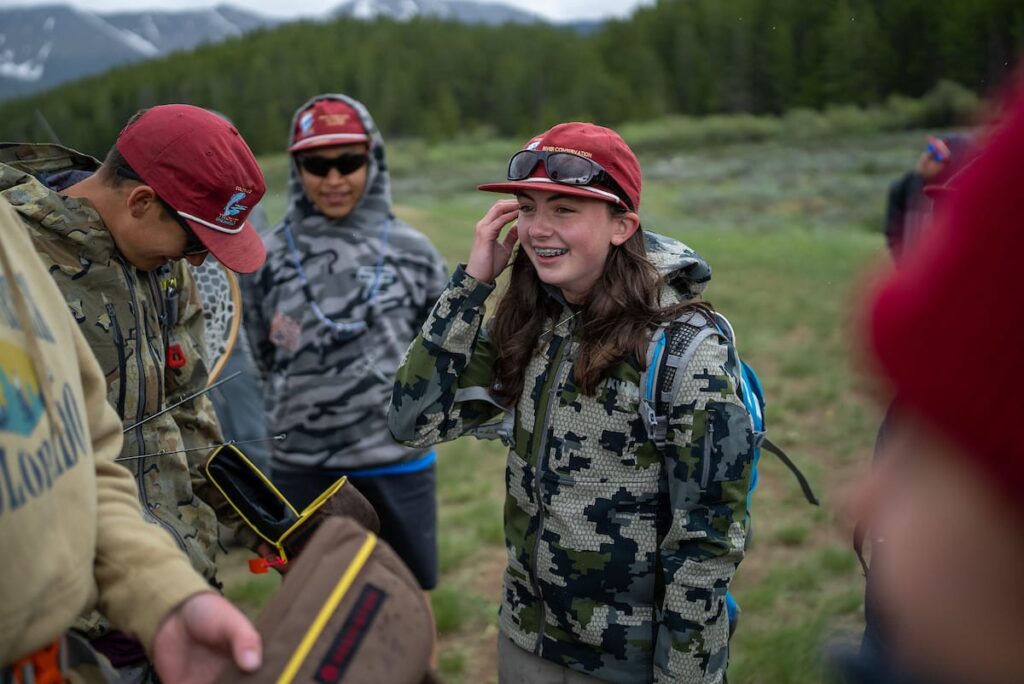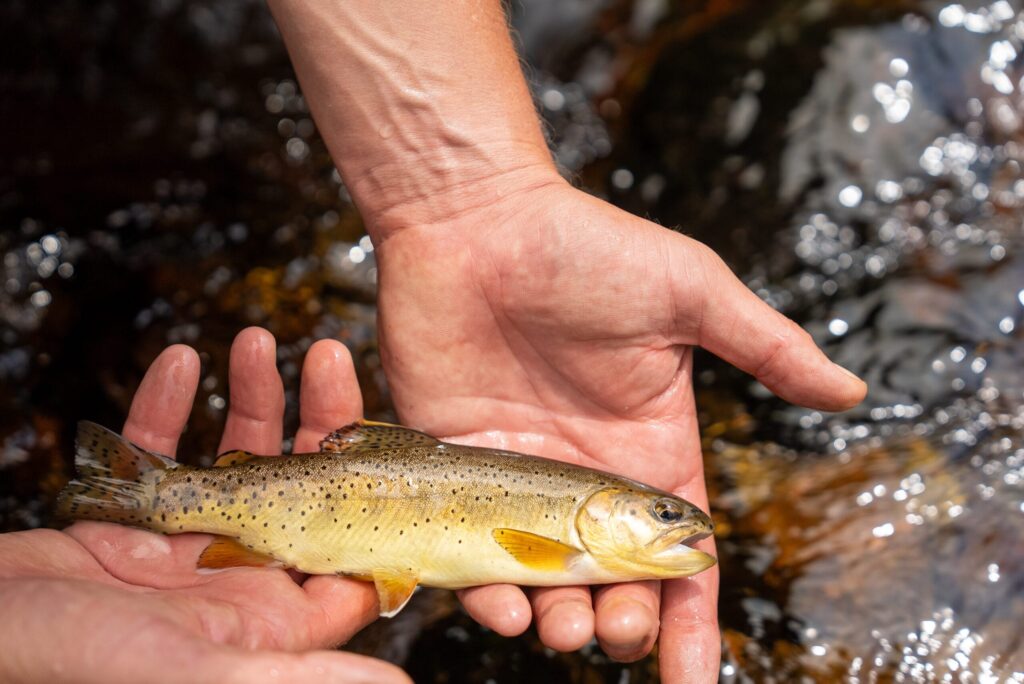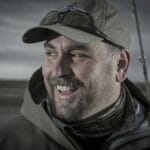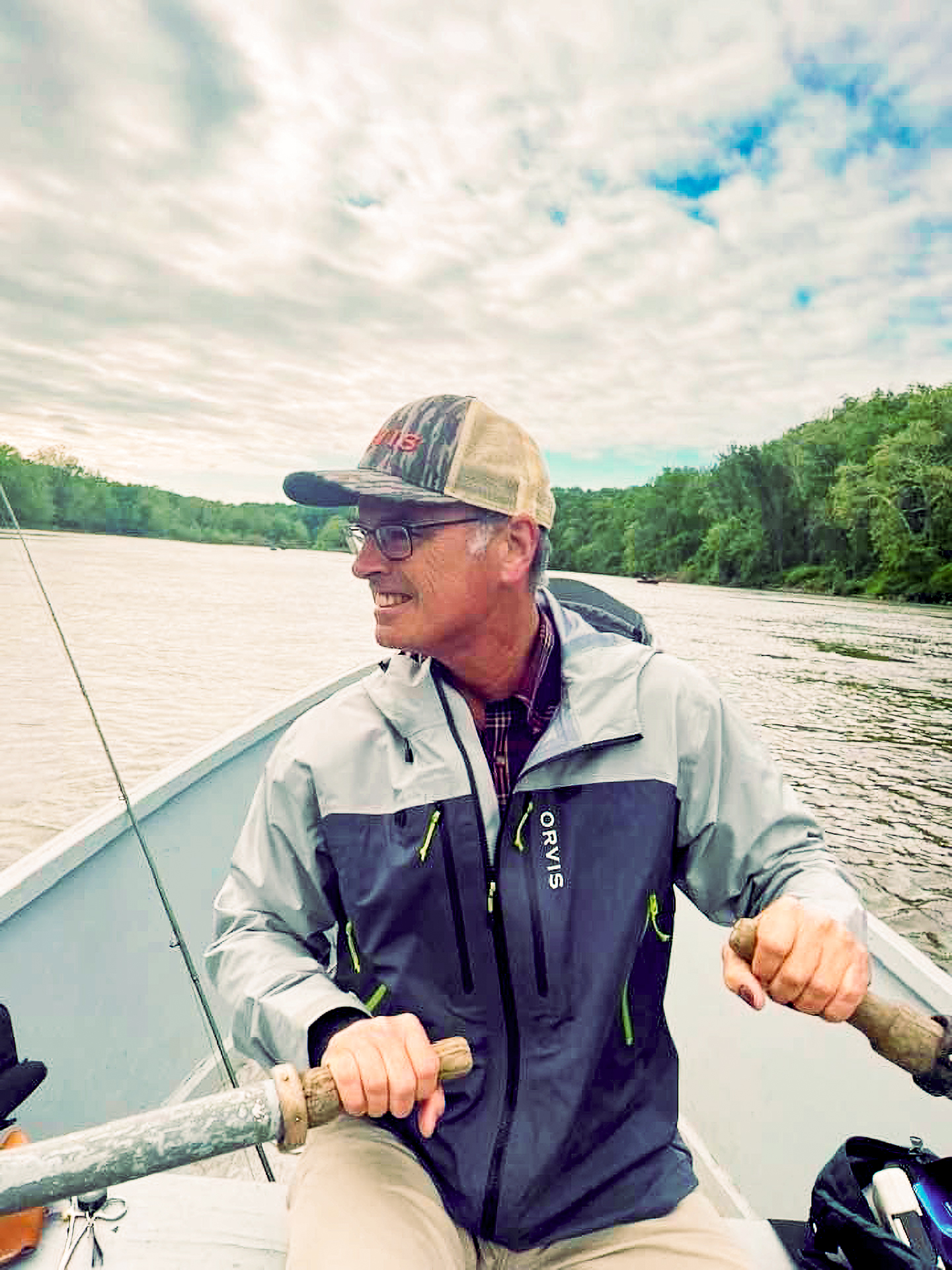Trout Unlimited president and chief executive officer, Chris Wood, highlighted a tremendously successful 2025 for the organization, its members and supporters in this Year End Review: Celebrating 2025 Because of You.
Augmenting the work of 370 dedicated national staff members, hundreds of thousands of volunteers produced tens of millions of dollars’ worth of tangible impact that helped TU restore and protect waters nationwide.

Here are some highlights:
- 2025 saw fish coming back after 100 years of blockage thanks to the four dams removed along the Klamath River
- TU, along with thousands of volunteers and many partners, planted 84,000 trees in 20 states to heal waterways and build a legacy in those communities. Volunteers planted nearly 4000 trees in communities and along waterways impacted by Hurricane Helene, not to mention the 3000 hours donated by volunteers dedicated to cleanup efforts.
- The U.S. Forest Service and TU inked a deal to expand restoration work across Georgia and North Carolina in the wake of Helene, but there is so much more than that when it comes to this critical partnership.
- Youth education is a core tenant of TU, and 2025 saw 122,000 kids come through our programs or volunteer in one way or another. That includes kids of all ages from the Costa 5 Rivers college clubs to teen camps and expeditions offering engagement and education in on-the-ground restoration projects to Trout in the Classroom and so much more.
- Fuels reduction and stream recovery go hand-in-hand, and in the fire prone West, we are using excess wood to improve stream habitat via nature-based solutions. In addition, we are working in Roadless Areas to improve stream health by implementing forest area treatments to reduce fuels and provide buffers around streams.
- More dams are coming down in California. The plan to remove the dams on the Eel River continues to move forward. Fish and local communities will also benefit from a new deal that ensures water is available when salmon, steelhead and people need it most.
- TU is extremely proud to have helped delist the Apache trout in Arizona. But we certainly couldn’t have done it alone.
- After TU’s years of advocacy and working with The Nature Conservancy, a monumental agreement was announced for future dam removal on the Kennebec River in Maine opening an astounding 800 miles of habitat to Atlantic salmon.
- Watch how a critical partnership in New York is reconnecting 30 miles of habitat in the Moose River watershed by 2030 for Adirondack brook trout.
- It’s a good year to be a good Samaritan. After over 20 years of advocacy, TU helped pass legislation to recover rivers and creeks affected by historic mine drainage.

Challenges ahead:
- We are working to keep public lands and waters public. We had a major win, but the threats still exist. Public lands are the best idea America ever had, and 10,000 TUers made their voices heard, so let’s keep the train rolling. Take action today!
- There is a proposal to rescind the roadless rule, which protects 58.5 million acres of important wildlife habitats. Let’s let decision-makers know how critical this issue is to anglers and hunters.
- The Administration proposed to diminish protections for intermittent and ephemeral streams, many of which contain critical headwaters and habitats for native fisheries, not to mention drinking water for millions of Americans. Speak up now until January 5th to keep these important freshwater resources protected.

Ways to help TU continue the good work:
- Volunteer. Help your local chapter with tree plantings, river cleanups, restoration projects, fundraising and more.
- Advocate. By speaking up for what matters to you, decision-makers can ultimately make a difference for our coldwater resources.
- Donate. Without your financial support, we couldn’t do the immense amount of work we take on each year.
THANK YOU!
We can hardly wait to see what we can accomplish with your help in 2026.
Happy holidays!




